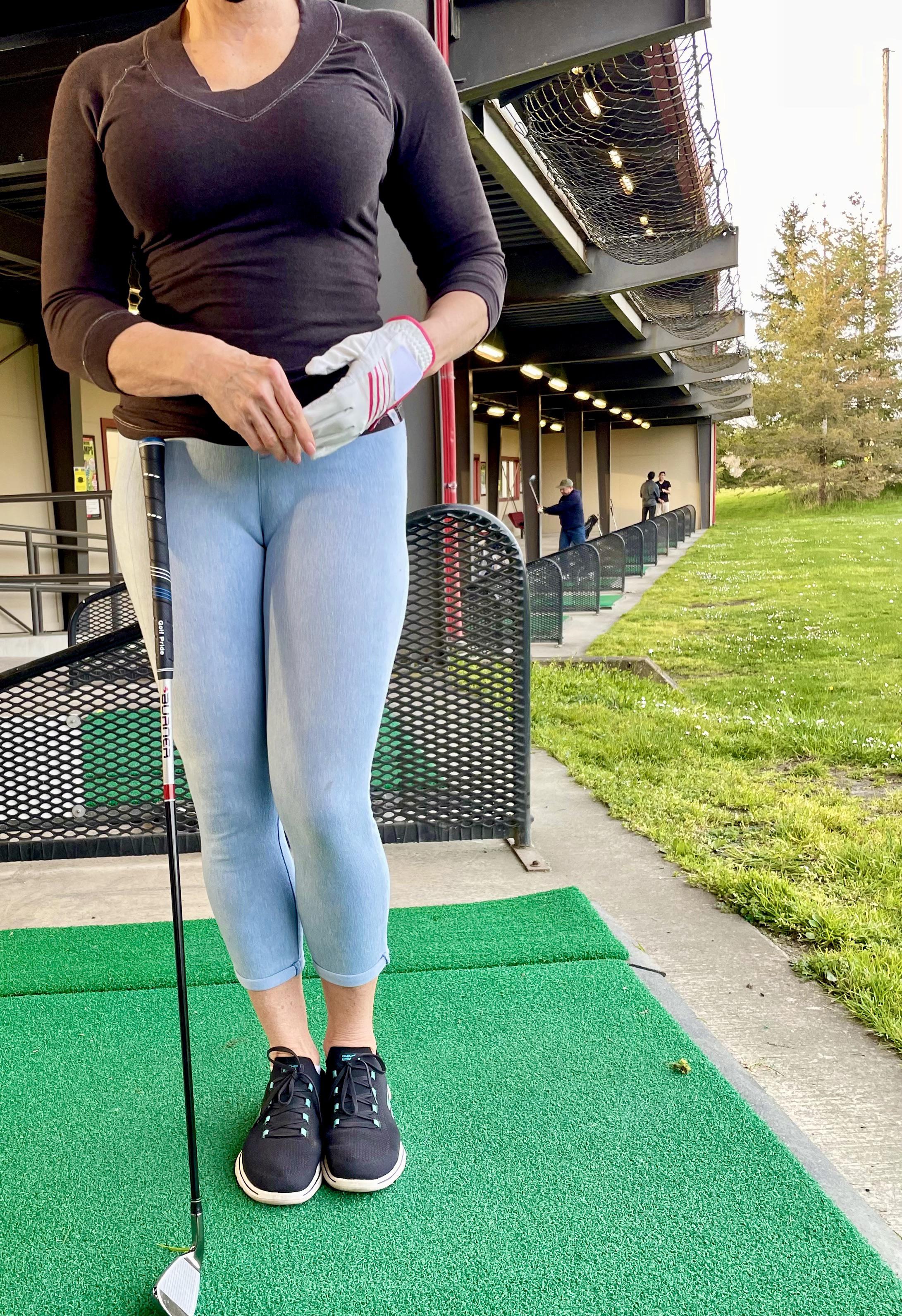Peloton Camel Toe: A Fitness Phenomenon Or Just Another Fashion Flaw?
So, here we are diving headfirst into the world of Peloton and the infamous "camel toe." Now, before you get all worked up, let me just say this—Peloton camel toe is not exactly what you think it is. It’s not about camels or toes, but it’s got everyone talking, and it’s got a whole lot to do with fitness fashion and how we perceive it. Whether you're a Peloton enthusiast or just someone who’s curious about what all the fuss is about, buckle up because we’re diving deep into this phenomenon.
Let’s break it down real quick. Peloton, as you might already know, is more than just a bike. It’s a fitness empire that’s taken the world by storm. But, like any other big-name brand, it’s not without its controversies. The camel toe issue has sparked debates, memes, and even some serious discussions about body positivity and fashion design. So yeah, this isn’t just about fitness—it’s about culture, fashion, and how we view ourselves.
If you’ve ever wondered why people are so obsessed with their workout gear or why a simple bike class can spark such a heated conversation, you’re in the right place. In this article, we’ll explore everything you need to know about Peloton camel toe and why it’s become such a hot topic. So, let’s pedal through this together, shall we?
Read also:Does Starbucks Matcha Powder Have Sugar The Sweet Truth Unveiled
What is Peloton Camel Toe Anyway?
Alright, let’s get straight to the point. Peloton camel toe refers to the visibility of certain body parts through tight-fitting workout attire, particularly during Peloton classes. Now, before you roll your eyes and think, “Oh great, another body shaming conversation,” let’s clarify something: this isn’t about shaming anyone. It’s about understanding why this happens and how the fashion industry plays a role in it.
When you’re riding a Peloton bike, chances are you’re wearing tight leggings or shorts. And let’s be honest, some of these designs can be a little… revealing. But is it a problem? Or is it just part of the fitness fashion game? That’s the million-dollar question we’re about to tackle.
Why Does It Happen?
Here’s the deal: workout clothes are designed to be form-fitting. They’re meant to hug your body and provide support while you sweat it out. But sometimes, the design can go a little too far. Tight seams, low cuts, and high waistbands can create some interesting visual effects, especially when you’re in a cycling position. And that’s where the camel toe comes in.
It’s not just Peloton, though. Any fitness brand that produces tight-fitting gear can fall into this trap. But Peloton, being one of the most popular fitness platforms, has naturally become the center of attention.
Is Peloton to Blame?
Now, here’s the big question: is Peloton responsible for this whole camel toe situation? Some people argue that it’s all about the design of the bike and the clothing. Others say it’s more about how we perceive our bodies and how we choose to dress during workouts. So, where does the blame really lie?
Let’s break it down:
Read also:Ku Crew The Ultimate Guide To A Community Thatrsquos Taking Over The Skies
- Peloton provides workout gear, but they don’t force anyone to wear it.
- The bike’s design encourages a forward-leaning posture, which can accentuate certain body parts.
- Ultimately, it’s up to the individual to decide what they feel comfortable wearing.
At the end of the day, Peloton isn’t necessarily at fault. It’s more about how we approach fitness fashion and how we feel about our own bodies.
What Can Peloton Do?
If Peloton wants to address this issue, there are a few things they could do:
- Offer more options for modesty, such as longer shorts or looser-fitting tops.
- Design bikes that allow for a more upright posture, reducing the likelihood of camel toe.
- Encourage body positivity and inclusivity in their marketing campaigns.
But again, it’s not entirely up to Peloton to solve this problem. It’s a collective effort that involves both the brand and its users.
The Role of Fitness Fashion
Fitness fashion has come a long way over the years. Gone are the days of baggy sweatpants and oversized t-shirts. Today, workout gear is all about style, functionality, and, let’s face it, showing off your hard-earned muscles. But with this shift towards form-fitting designs, comes a whole new set of challenges.
So, how does Peloton camel toe fit into this picture? Well, it’s a reminder that fashion and fitness don’t always go hand in hand. While we all want to look good while we sweat, we also want to feel comfortable and confident. And that’s where the balance comes in.
Why Do We Care So Much?
Here’s the thing: we live in a society that places a lot of emphasis on appearance. Whether it’s through social media or celebrity culture, we’re constantly bombarded with images of perfect bodies and flawless outfits. So, when something like Peloton camel toe comes along, it naturally sparks a conversation about body image and self-acceptance.
But is it really that big of a deal? Or are we just overthinking it? That’s for you to decide.
Body Positivity and Peloton Camel Toe
Let’s talk about body positivity for a second. In recent years, there’s been a growing movement to embrace all body types and celebrate diversity. But when it comes to fitness, things can get a little tricky. On one hand, we want to feel confident in our workout gear. On the other hand, we don’t want to feel judged or shamed for how our bodies look.
Peloton camel toe has become a lightning rod for this conversation. Some people see it as a harmless fashion flaw, while others view it as a body-shaming issue. So, where do we draw the line?
How Can We Be More Inclusive?
Here are a few ways we can promote body positivity in the fitness world:
- Encourage brands to offer a wider range of sizes and styles.
- Focus on functionality over fashion when it comes to workout gear.
- Emphasize the importance of feeling good, rather than looking good, during workouts.
At the end of the day, fitness should be about feeling strong, healthy, and empowered—not about conforming to society’s beauty standards.
How to Avoid Peloton Camel Toe
Okay, so you’re probably wondering how you can avoid this whole camel toe situation. Here are a few tips:
- Choose workout gear that fits well and provides adequate coverage.
- Opt for high-waisted leggings or longer shorts for added modesty.
- Adjust your bike to a position that feels comfortable for you.
Remember, it’s all about finding what works for you. There’s no one-size-fits-all solution when it comes to fitness fashion.
What About the Men?
While the conversation around Peloton camel toe has mostly focused on women, let’s not forget about the men. Yes, guys can experience this too, especially if they’re wearing tight-fitting shorts or compression gear. So, what can they do?
- Choose looser-fitting shorts for added coverage.
- Opt for compression gear that provides support without being overly revealing.
- Adjust their bike position to reduce strain on certain areas.
At the end of the day, it’s all about finding what makes you feel comfortable and confident.
The Future of Fitness Fashion
So, where do we go from here? As the fitness industry continues to evolve, we can expect to see more innovations in workout gear. Brands like Peloton are already experimenting with new designs and materials that prioritize both style and functionality. But there’s still a long way to go.
In the future, we might see:
- More inclusive sizing options.
- Designs that cater to a wider range of body types.
- Innovative materials that provide support without compromising on style.
But until then, it’s up to us as consumers to demand better options and support brands that prioritize inclusivity and body positivity.
Final Thoughts
So, there you have it. Peloton camel toe isn’t just a fitness trend—it’s a cultural conversation about body image, fashion, and self-acceptance. Whether you love it or hate it, one thing’s for sure: it’s got everyone talking.
Now, it’s your turn. What do you think about Peloton camel toe? Is it a big deal, or are we just overthinking it? Let us know in the comments below, and don’t forget to share this article with your friends. And if you’re looking for more fitness tips and trends, be sure to check out our other articles.
Table of Contents
- What is Peloton Camel Toe Anyway?
- Is Peloton to Blame?
- The Role of Fitness Fashion
- Body Positivity and Peloton Camel Toe
- How to Avoid Peloton Camel Toe
- The Future of Fitness Fashion
References
For more information on Peloton and fitness fashion, check out these trusted sources:


